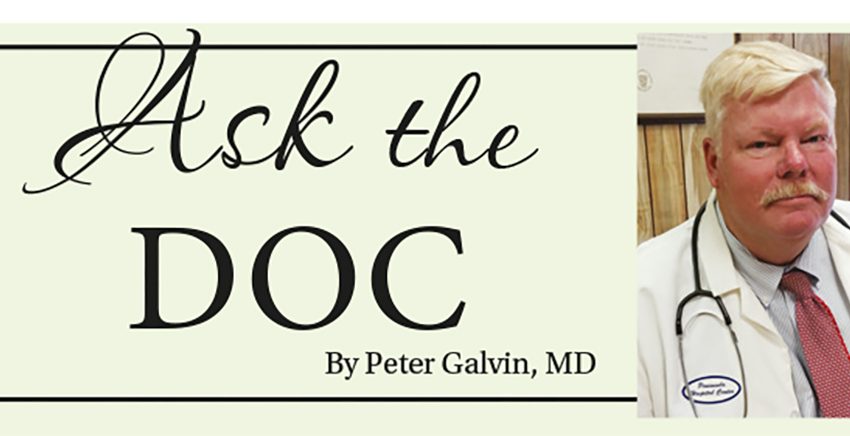IOU

By Peter Galvin, MD
Debt collection has been a problem for doctors and hospitals for centuries. Many early settlers here had fled indebtedness in the Old World. When, in 1837, Charles Dickens scandalized the British public with his depiction of a debtors’ prison in “The Pickwick Papers,” the U.S. Congress had already outlawed the institution. U.S. creditors could sue debtors, but doctors were reluctant to resort to the legal system. The 1843 “Rules of Professional Conduct” from the College of Physicians of Philadelphia advised that “in consideration of fees, let it be remembered, that the characteristical beneficence of the profession is inconsistent with …avaricious rapacity.” As Baltimore physician Daniel Webster Cathell explained in a business manual published in 1882, “Medical men who frequently go to law to recover fees generally lose more in the end than they gain; not only because such attempts to recover often prove fruitless, but because they excite prejudice and make influential enemies.”
But that mindset began to change in the latter part of the last century. As state-funded social protection started retreating in the early 1980s, the resulting austerity kindled a modern era of aggressive medical debt collection, especially for hospitals and healthcare groups. Medicaid funding was nearly cut in half, and Medicare moved from reimbursing “all reasonable care” to basing payments to hospitals based on “diagnosis related groups,” meaning a hospital received a lump-sum payment based on the patient’s diagnosis, regardless of how long the patient remained hospitalized. Hospitals attempted to make up their shortfalls by charging private insurances more, but private insurers resisted. Private hospitals began sending patients who failed a “wallet biopsy” to public hospitals, euphemistically called “economic transfers.” Trauma victims were transferred while actively bleeding, as were pregnant women in labor, so Congress enacted the Emergency Medical Treatment and Active Labor Act (EMTALA), which stopped this practice, but the law provided no protection for either hospitals or patients against financial ruin.
Hospitals and healthcare systems then began selling their bad debt to collection agencies. By 1993, hospitals were the source of more business for debt-collection companies than any other industry. Then around 2006, hospital systems started auctioning off their bad debts. When a large hospital system put a portfolio of delinquent accounts up for sale, the hospital’s chief financial officer was asked why it was not assigning its debt to a collection agency. “We’re done with that,” he replied. “We’re not going to wait around for our money.” For decades, private, non-profit hospitals (56% of US hospitals) justified their tax-exempts status in part by claiming to provide financial assistance and care to low-income and uninsured patients. The Affordable Care Act (Obamacare) required hospitals to write financial assistance policies describing income-eligibility criteria for free or discounted care but didn’t stipulate what those criteria should be.
Today’s physicians have little to no knowledge of or involvement in debt collection. The reason for this is not philanthropy, but rather because over 75% of today’s physicians are employed by large healthcare groups and hospital systems. The age of solo and independent practitioners is over. Those independent physicians have either retired (me) or sold their practices to corporate entities that do the work of collecting debts. So, until the government acts decisively, aggressive debt collection will continue.
Please direct questions or comments to editor@rockawaytimes.com


